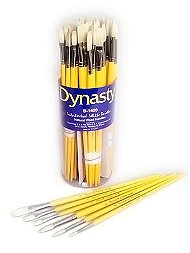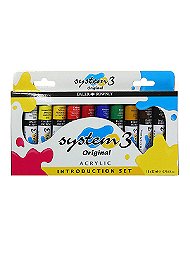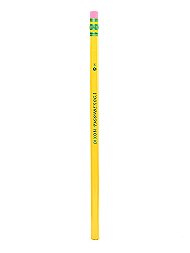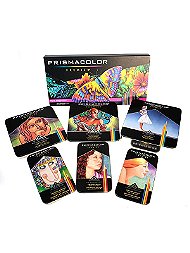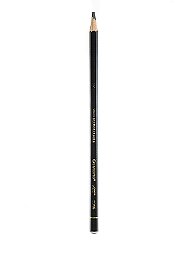Styles & Periods

Early Christian Art
Though artists of the Early Christian period (29-526 A.D.) used some of the artistic techniques of their Roman neighbors, their concerns were very different. Artists of the Greek and Roman traditions sought to express what they saw, using sophisticated techniques of foreshortening and shadowing, and developing a deep understanding of how to portray human physiology. Christian artists, in contrast, focused on art, not for art's sake, but as a teaching tool; they wanted to convey meaning. Because of the Biblical commandment against worshipping idols, Early Christian artists were careful not to show images of God or Christ himself, and it was feared that a surfeit of realism would confuse new converts accustomed to ornate statues representing deities. Later, a deep rift would develop between the Eastern and Western branches of Christianity and their respective approaches to "icons" or holy pictures. For Early Christians, realism and artistic drama were not the goals; instead, they aimed for simplicity and clarity. Art needed to illustrate key Christian concepts, or serve the illiterate as narratives of Christ's miracles. Until Emperor Constantine¹s conversion to Christianity and the Edict of Milan, which made Christianity the state religion of Rome, early Christians were a persecuted minority and their art was typically executed discreetly. While Early Christian art can seem primitive or unskilled compared with Greco-Roman art, it wasn¹t a lack of ability, but rather a difference in aim, which informs early Christian work. In the mosaics of fourth century Ravenna, for example, skill and a familiarity with Greco-Roman techniques are evident, but the aim is clarity, not artistry. The dove, the Good Shepherd, Christ's feeding of the multitudes with loaves and fishes, and the deliverance of the faithful from fire are all typical of the symbolic narratives of Early Christian art.
- 20th Century Architecture
- 20th Century Photography
- 20th Century Sculpture
- Abstract Expressionism
- Aegean Art
- African Art
- Archaic Asian Art
- Art Nouveau
- Arte Povera
- Ashcan School
- Avant-Garde
- Barbizon School
- Baroque
- Bauhaus
- Body Art
- Buddhist Art
- Byzantine Art
- Carolingian Art
- Celtic Art/ Early Medieval Art
- Chinese Painting
- Color-Field Painting
- Computer Art
- Conceptual Art
- Constructivism
- Contemporary Art in Asia
- Cubism
- Dadaism
- De Stijl
- Die Blaue Vier
- Die Brücke
- Divisionism
- Early Christian Art
- Early Renaissance
- Earthworks
- Egyptian Art
- Environmental Art
- Etruscan Art
- Expressionism
- Fauvism
- Feminist Art
- Funk Art
- Futurism
- Gothic Art
- Graffiti Art
- Greek Art
- Happenings
- Hard-Edge Painting
- Hellenistic Art
- High Renaissance
- Impressionism
- Indian Art
- International Gothic
- Islamic Art
- Kinetic Art
- Korean Ceramics
- Mannerism
- Metaphysical Painting
- Minimalism
- Modernism
- Native American Art
- Near Eastern Art
- Neoclassicism
- Neo-Expressionism
- Neoplasticism
- Northern Renaissance
- Oceanic Art
- Optical Art
- Ottonian Art
- Outsider Art
- Performance Art
- Photo Realism
- Pop Art
- Post-Impressionism
- Postminimalism
- Post-Painterly Abstraction
- Precisionism
- Prehistoric Art
- Pre-Raphaelites
- Process Art
- Public Art
- Purism
- Realism
- Regionalism
- Rococo
- Roman Art
- Romanesque
- Romanticism
- Social Realism
- Spatialism
- Suprematism
- Surrealism
- Symbolism
- Synthetism
- Tonalism
- Video Art
|
|
|
|||||
|
|
|
|||||
 Download FREE coloring
Download FREE coloring
book pages to color at
home or school.
View Pages »









